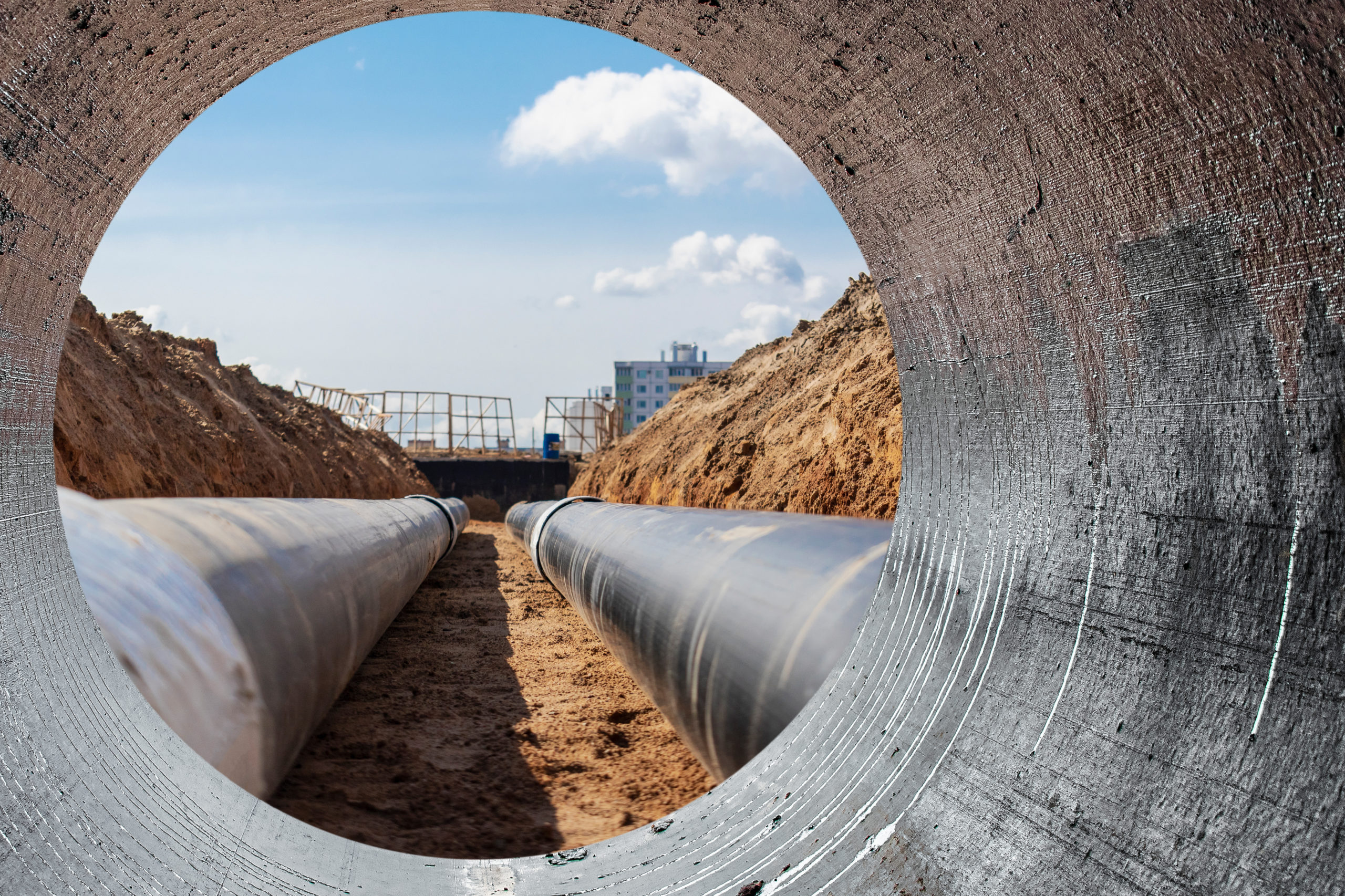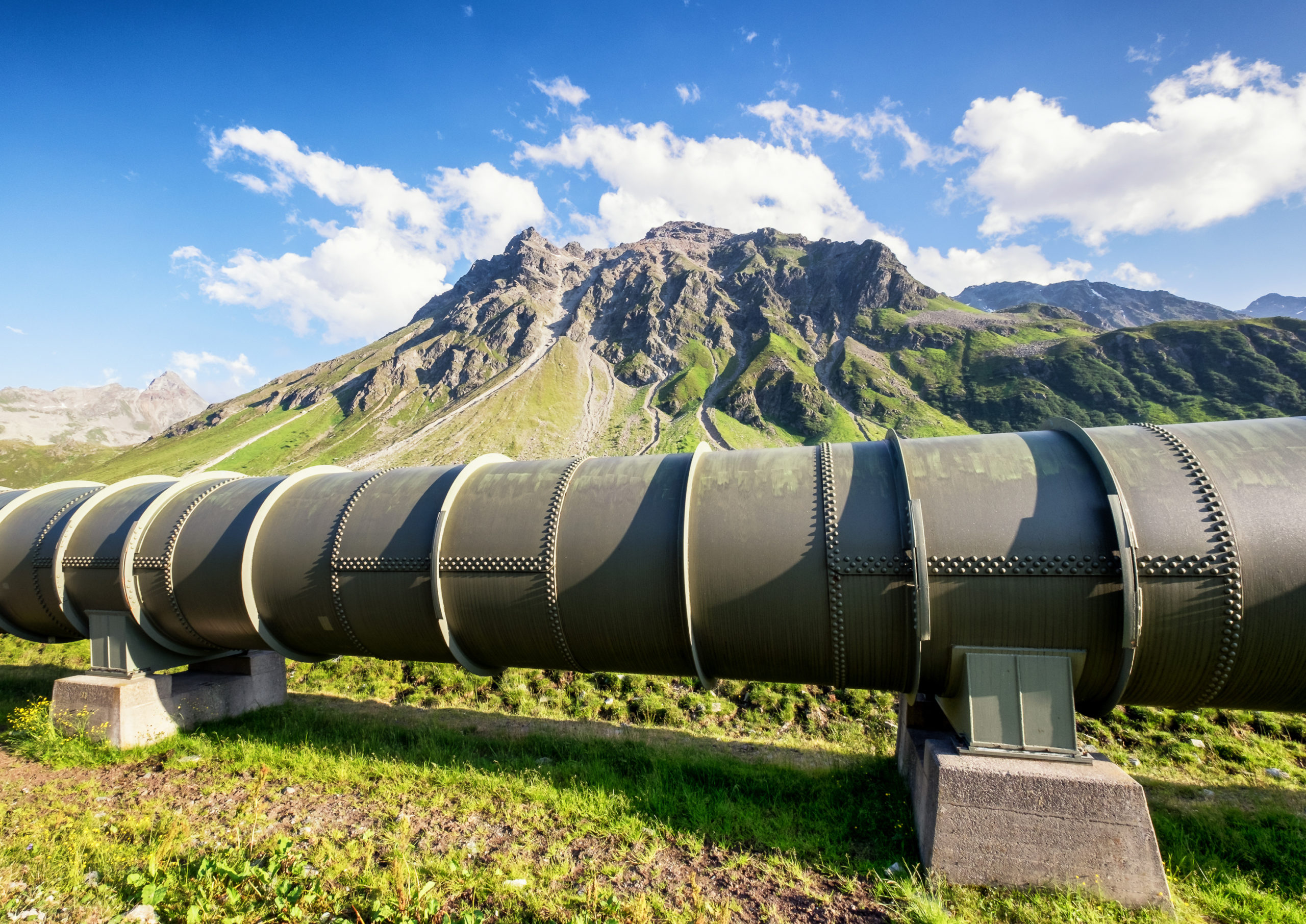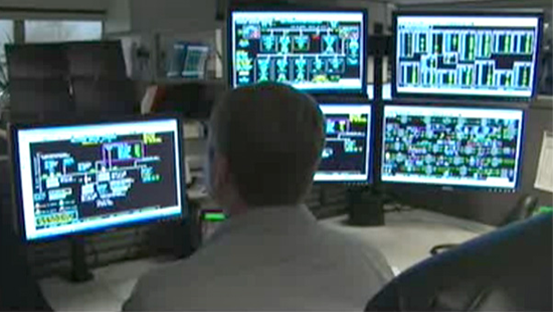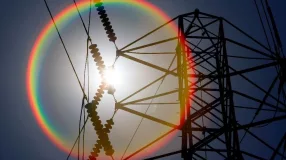From fueling our stovetop flames to powering our lights, it's easy to see how natural gas impacts our daily lives. While these conveniences are easy to notice, many don’t see how natural gas makes it possible to save money, improve air quality and grow our economy. Powering all these benefits takes a robust network of natural gas infrastructure.
Proper natural gas infrastructure puts money back into the pockets of Americans. Residents without access to sufficient natural gas pipelines tend to pay more for natural gas. During the cold snap in the Northeast U.S. earlier this year, residents saw natural gas prices that were 13 times more expensive than prices found in the central U.S., an area that benefits from sufficient infrastructure.
Natural gas infrastructure is a critical factor in improving air quality. The lack of natural gas supply resulting from the lack of infrastructure forced the Northeast U.S to rely on coal during the cold snap. At one point, 19 percent of the region’s energy was being generated by heating oil and 7 percent from coal. When used to power an electric generator, coal produces around 76 percent more CO2 emissions than natural gas.
Insufficient pipeline infrastructure creates problems for local and regional economies. Along with delivering affordable natural gas, infrastructure creates thousands of jobs and adds millions of dollars in labor income and taxes that benefit communities. According to the Consumer Energy Alliance, denied pipeline projects in New York have cost the state around 4,000 jobs and nearly $300 million in labor income.
Natural gas provides so much more than just power and heat to our homes. These benefits—lower energy prices, improved air quality and a healthy economy—are all impossible without adequate natural gas pipeline infrastructure.







